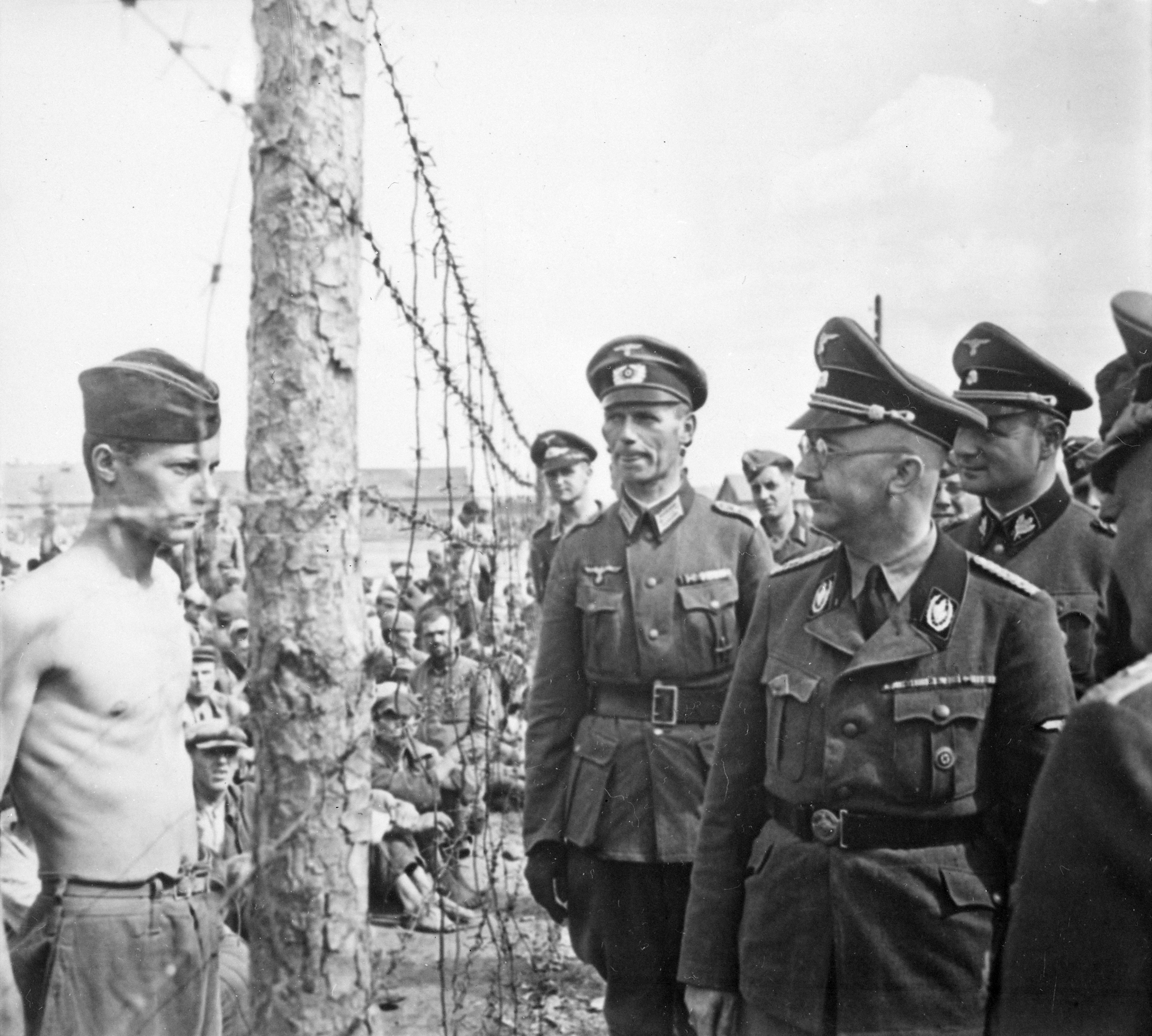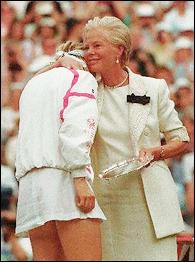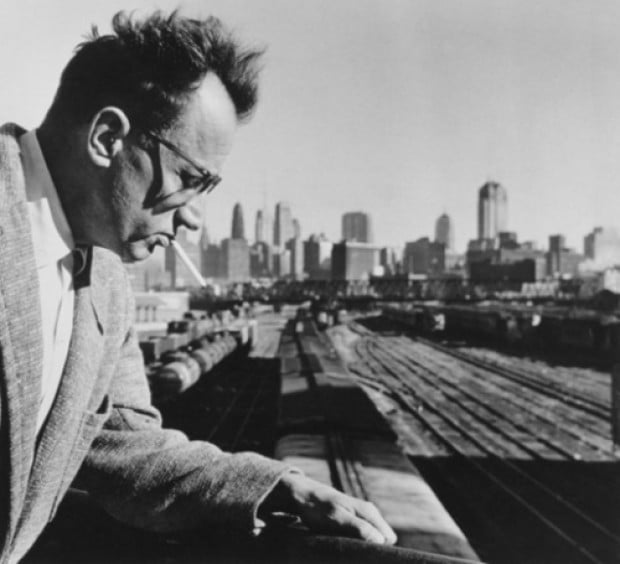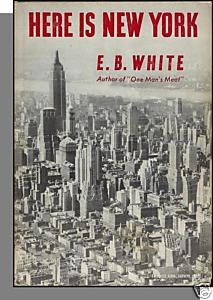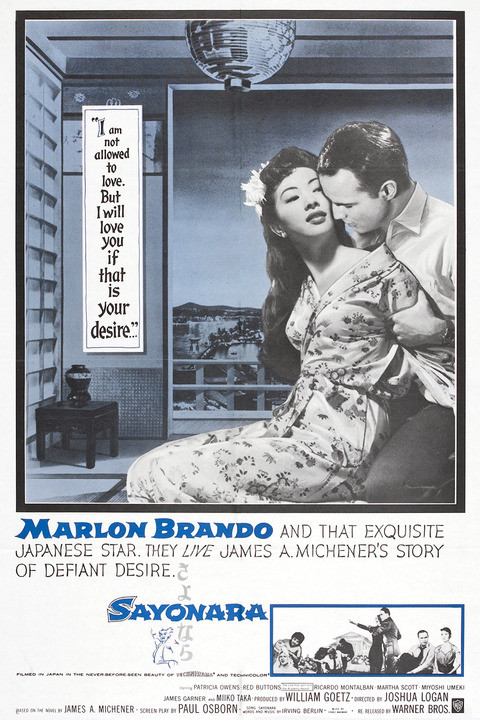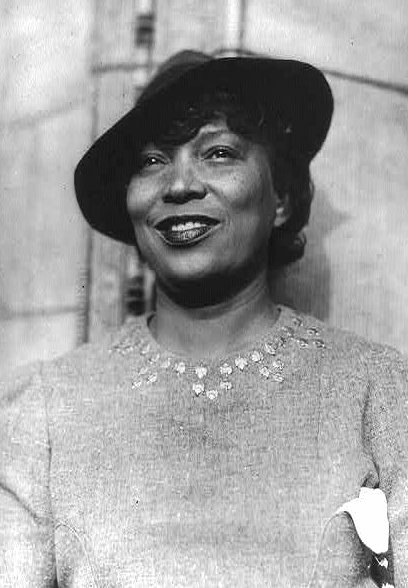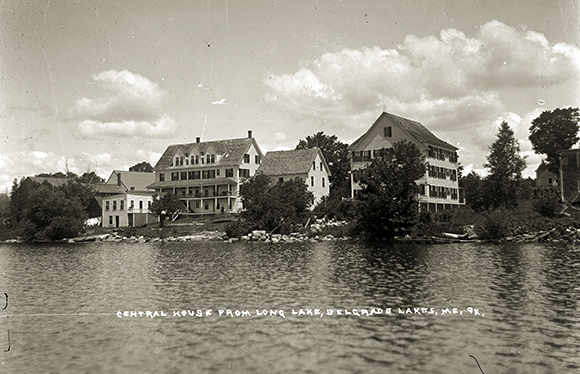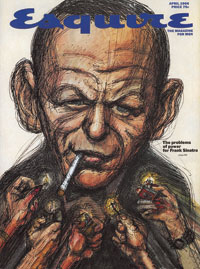"It was the hardest question I had ever been called to answer; doubly hard with those eyes fixed on mine, forcing a truthful answer by their own truth."
As the Civil War raged on, the casualties mounted. An unknown woman named Louisa May Alcott, volunteered at a Union Hospital in Georgetown for six months in 1863. Homeschooled by her father, she was also raised by close family friends Henry David Thoreau and Ralph Waldo Emerson, giving her a good grounding in literature. Louisa loved to write. At the hospital she penned many letters, which became her first book Hospital Sketches, preceding the famous Little Women.
One soldier really made a mark on her. The doctor said: "Every breath he draws is like a stab; for the ball pierced the left lung, broke a rib and did no end of damage..." Louisa was\ told there was no hope for him. It fell on the young woman to break the news to the soldier.
Louisa wrote: "[There was] no outward sign of suffering till, looking nearer, I saw great tears roll down and drop to the floor." She thought she was a "poor substitute" for a wife, mother or sister. She watched as the nurse dressed his wound and the scar from his operation, an operation in futility since the bullet was lodged in too delicate a spot to be removed.
The soldier's vulnerability pulled at Louisa's heartstrings; "Although he was the manliest an among my forty, he said: 'Yes, a'am' like a little boy." She noticed a ring on his finger, and thought he was married, but found out it belonged to his widowed mother, Almost 30 years old, the soldier stayed home and looked after his mother and younger siblings.
The soldier said that he was injured in his first battle, and asked Louisa if it might be his last. "It was the hardest question I had ever been called to answer, doubly hard with those eyes fixed on me, forcing a truthful answer by their own truth." The soldier dictated a letter to Louisa to be sent to his brother Jack, who would then break the news to his mother.
"Over his face I saw the grey veil falling that no human hand can lift." The other soldiers in the hospital room gathered around the soldier's bed to say goodbye. Though they were strangers, he was "beloved by all". As his time drew near, the soldier begged for air and the curtains were opened to a red streaked dawn sky. "Over his whole face there broke that mysterious expression brighter than any smile, which often comes to eyes that look their last." The soldier held Louisa's hand until he breathed his last breath.
Note: To read the essay in full, visit http://grammar.about.com/od/classicessays/a/Death-Of-A-Soldier-By-Louisa-May-Alcott.htm.


